
YDTech® manufacturer 3x1,3x1.5,3x2,3x2.2,3x2.5,3x2.7,3x3,3.5x5, precision bearing rollers sizes(NRA,NRB) and needle rollers stocks! supplier standard 3x1,3x1.5,3x2,3x2.2,3x2.5,3x2.7,3x3,3.5x5, cylindrical rollers or needle rollers stocks(G2,G3) in china.
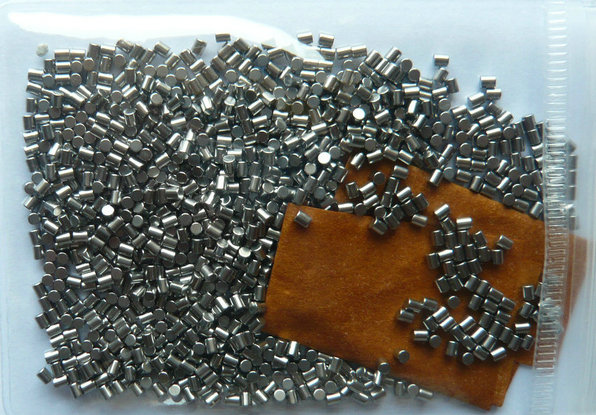
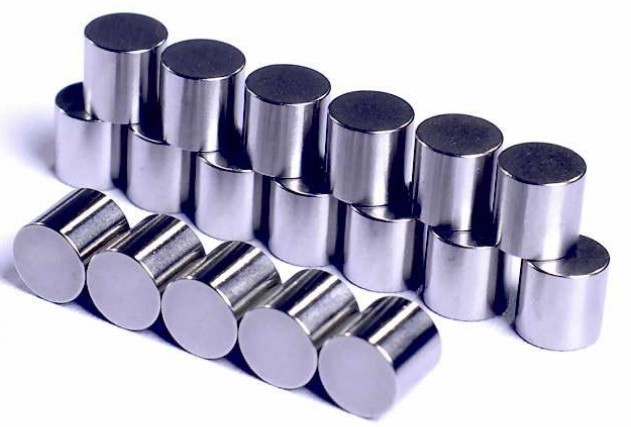
Cylindrical rollers in bearings typically require quenching to improve their hardness and wear resistance. Quenching is a heat treatment process that involves heating the material to a certain temperature and then rapidly cooling it to change the material's internal crystal structure, resulting in increased hardness and strength. By quenching cylindrical rollers, they can have increased wear resistance and durability, which extends their service life.3x1,3x1.5,3x2,3x2.2,3x2.5,3x2.7,3x3,3.5x5,
However, the quenching process can also cause problems such as deformation or cracking in the parts, so it requires careful control and monitoring to ensure the quality and consistency of the parts. Proper quenching techniques and parameters need to be used, such as the appropriate quenching medium and cooling rate, to achieve the desired properties in the cylindrical rollers.
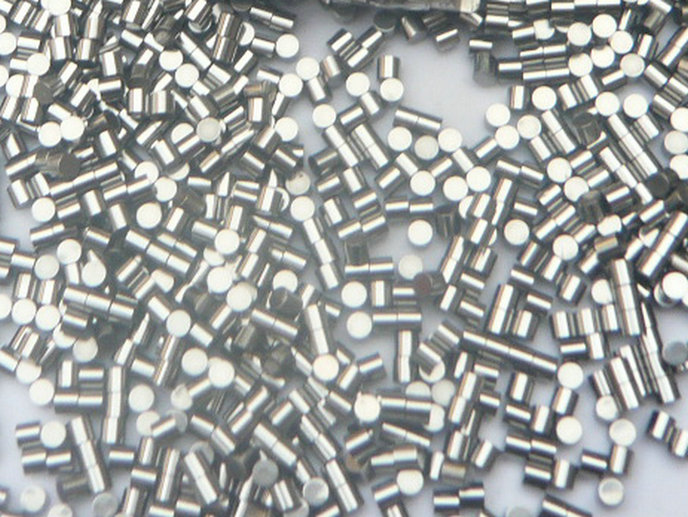
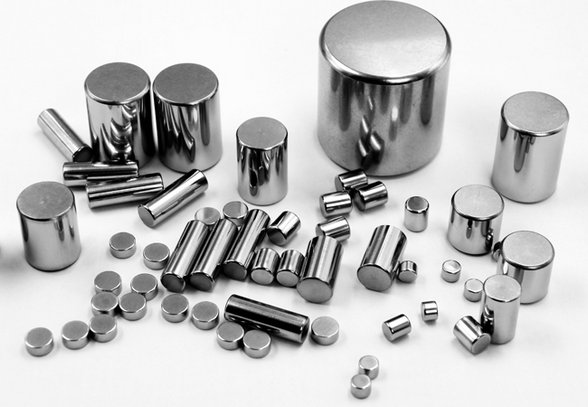
Cylindrical rollers can be used in air cylinders or hydraulic cylinders to support the movement of the piston and reduce friction between the piston and the cylinder bore.
In a pneumatic or hydraulic cylinder, the piston is typically supported by one or more sets of cylindrical rollers, which are arranged around the circumference of the piston and engage with the cylinder bore. As the piston moves back and forth, the cylindrical rollers roll along the bore, reducing friction and wear.
The use of cylindrical rollers in air or hydraulic cylinders can improve the efficiency of the system, by reducing friction and minimizing the energy required to move the piston. This can lead to faster response times, smoother operation, and improved overall performance.
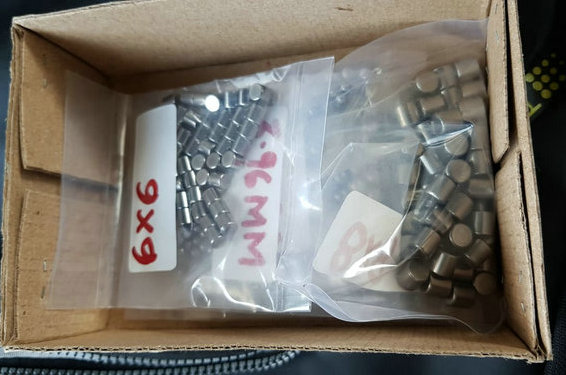
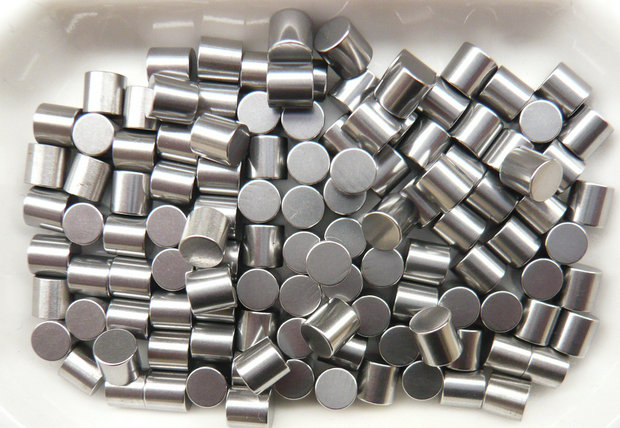
The selection of the appropriate cylindrical roller size, material, and accuracy depends on the specific requirements of the cylinder and the application. The load capacity, stroke length, and operating temperature of the cylinder are important factors to consider when selecting cylindrical rollers for use in the bearings.
In addition to the piston bearings, cylindrical rollers can also be used in other components of the cylinder, such as the rod bearings or end caps, to provide support and reduce friction in the system. Proper lubrication is critical to the performance and longevity of the cylinder, and the use of high-quality cylindrical rollers can help ensure the reliable operation of the cylinder over its lifetime..
manufacturer and supplier of needle rollers
we are professional manufacture of bearing rollers and cylindrical needle rollers. we produce rollers of diameter 0.5 mm to 60 mm. the rollers could satisfy the request of DIN 5402 G2 rollers.
standard sizes of cylindrical rollers
| D*L | D*L | D*L | D*L | D*L | D*L | D*L | D*L | ||
|---|---|---|---|---|---|---|---|---|---|
| 1x1 | 1.2x1.2 | 1.5x1.5 | 2x2 | 2.2x2.2 | 2.5x2.5 | 3x1 | 3x1.5 | ||
| 3x2 | 3x2.2 | 3x2.5 | 3x2.7 | 3x3 | 3.5x5 | 4x6 | 4.5x4.5 | ||
| 5x5 | 5x10 | 5.5x8 | 6x8 | 6x12 | 6.5x9 | 7x10 | 7.5x7.5 | ||
| 7.5x11 | 8x10 | 9x9 | 9x14 | 10x11 | 11x11 | 11x15 | 12x14 | ||
| 13x13 | 14x14 | 15x15 | 15x22 | 16x17 | 17x17 | 18x18 | 18x26 | ||
| 19x20 | 20x20 | 21x21 | 22x22 | 22x34 | 24x24 | 24x36 | 25x36 | ||
| 26x28 | 28x28 | 30x30 | 32x32 | 34x34 | 36x36 | 38x38 | 40x40 | ||
| loose rolling elements, cylindrical rollers, precision rollers,bearings rollers only | |||||||||
- home
- products
- contact
- equipments
- needle rollers
- standard sizes needles stocks
- 1mm series
- 2mm series
- 3mm series
- 4mm series
- 5mm series
- 6mm series
- cylindrical rollers
- standard sizes rollers stocks
- 1mm series
- 2mm series
- 3mm series
- 4m~5mm series
- 6mm~7mm series
- 8mm~9mm series
- 10mm~12mm series
- 13mm~17mm seriess
- 18mm~22mm seriess
- 24mm~28mm series
- 30mm~40mm series